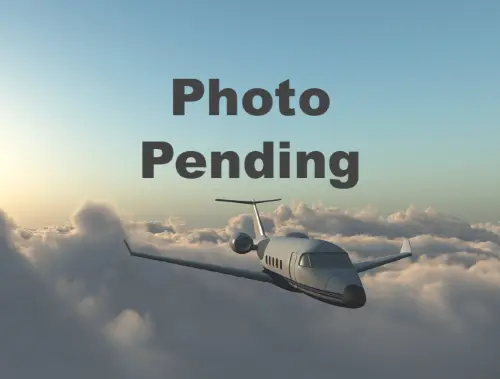Contact Information
Aircraft Details
- Price: Call for Price
- Year: 2023
- Make/Model: Berkut Berkut
- Registration Number: I-BBAL
- Power: Piston
- Engines: 1 Engine
- Listing ID: 3617735
- Partner ID: 57097
- Posted On: Aug 30, 2023
- Updated On: Mar 29, 2024
Description
The Berkut is derived from the Rutan Long-EZ, with the primary differences being retractable main landing gear, dual canopies, and molded fuselage, strakes, and wing spar. Like the Long EZ, the Berkut carries two people in a tandem seating arrangement. The front seat occupant has access to all instrumentation and controls. The rear seat, normally holding the passenger, is equipped with a side stick and throttle, but no rudder pedals, brakes, or instruments. Aerodynamic optimizations to the original Long-EZ airframe were made to increase performance and interior space. The fuselage was stretched and the nose, canard, instrument panel and pilot moved forward one foot (300 mm), to allow a heavier engine to be used in the rear. The main wing trailing edge was straightened, removing a small bend in the trailing edge of the Long EZ wing. The lower winglet was removed and the aileron size increased in both chord and span, significantly increasing roll rate.
Early Berkuts used wings and canard that were structurally similar to the Long-EZ and used solid blue 2 lb/cu. ft. density Dow STYROFOAM PI cores cut to shape with a hot-wire foam cutter, but with carbon fiber reinforced polymer skins instead of fiberglass. The fuselage and winglets remained fiberglass. Later versions (kits produced after spring 1999) used fully molded carbon fiber canards and wings with high density, 5 lb/cu. ft. 1/4" thick PVC or SAN foam cores, leaving only minor fairings and tip surfaces to be carved from foam. The Berkut has always used the Roncz 1145MS canard airfoil, which is more tolerant of insect and rain contamination than the GU 25-5(11)8 airfoil originally used on the Long-EZ.
The Berkut used a retractable main (rear) landing gear system designed by Shirl Dickey for his E-Racer homebuilt. Originally, Berkut used gear parts produced by Dickey, but over time they were repeatedly re-engineered and strengthened. Later kits had gear components produced entirely in-house. Like the earlier Vari-Eze and Long EZ, the Berkut kneels with its nose gear retracted to prevent the aircraft from tipping over backwards when parked without a pilot in the front seat. Some early Berkuts utilized hydraulic nose-gear extension systems, but most have used an electro-mechanical jack-screw. With the electric system, the pilot and passenger can climb into the cockpit, then extend the nose gear, raising the airplane with occupants inside.
While the Long-EZ, originally designed for the Lycoming O-235 108-118 hp engine, was closer in the design of the Berkut, the latter was designed from the outset for the larger Lycoming IO-360 180 hp engine. The aircraft was later adapted, with a different engine mount, cowls and battery location, to accept the 260 hp Lycoming IO-540, which most builders chose. With the O-540, some have reportedly reached speeds of 300 mph in level flight.
Airplane time state:
TTAF 0 hours (under construction)
TTE Engine Lycoming O-540 0 hours
TTP 0 hours.
Avionics
RCA Allen 15BK1
AR4201 VHF Radio
Narco 122D VHF/VOR NAV
EKP IV GPS
Interior
To be decided
Exterior
Grey primer












































